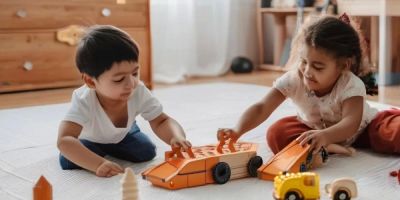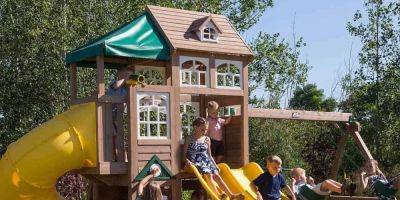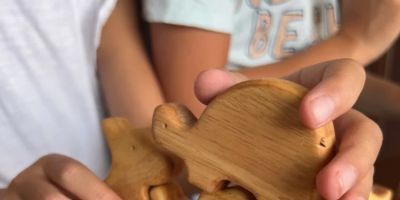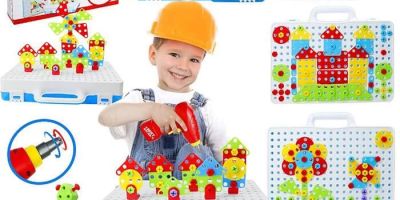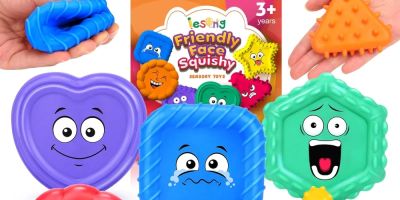- 1-Role-of-Toys-in-Child-Development
- 2-How-Toys-Stimulate-Imagination-and-Exploration
- 3-Problem-Solving-Skills-and-Toys
- 5-Case-Studies-of-Toys-Impacting-Creativity-in-Kids
- 6-Choosing-Toys-to-Encourage-Creative-Growth
1. Role of Toys in Child Development
Toys play an essential role in child development, serving as tools that inspire creativity and learning. They offer children a medium to explore their environment, express themselves, and understand the world around them. Unlike passive forms of entertainment, interactive toys actively engage children’s minds and bodies, fostering growth in multiple developmental areas.
Psychologists emphasize that play is a child’s “work,” and toys are the instruments through which this work is done. Encouraging creative play through toys can lead to enhanced cognitive abilities, emotional resilience, and better problem-solving skills.
2. How Toys Stimulate Imagination and Exploration
Toys like building blocks, art supplies, and role-playing sets stimulate imagination by encouraging children to invent stories, scenarios, and solutions. When kids manipulate these toys, they practice creativity by visualizing possibilities and experimenting with ideas.
Open-ended toys, which do not have a single purpose, allow children to use their imagination freely. This freedom is crucial in nurturing original thinking and adaptive learning, skills that will benefit them throughout life.
3. Problem-Solving Skills and Toys
Many toys promote critical thinking and problem-solving. Puzzles, logic games, and STEM-based toys challenge kids to think analytically and persevere through difficulties. These activities strengthen executive functions like planning, memory, and flexible thinking.
For example, a child assembling a complex puzzle develops spatial reasoning and patience, while experimenting with a science kit fosters curiosity and understanding of cause and effect.
4. Social Skills and Collaborative Play with Toys
Toys also provide a platform for social interaction and cooperative play, which are vital for emotional intelligence and communication skills. Playing with peers or family members using shared toys teaches negotiation, empathy, and conflict resolution.
Role-playing toys, such as dolls or kitchen sets, simulate real-world social situations, helping children practice social roles and build confidence in expressing themselves.
5. Case Studies of Toys Impacting Creativity in Kids
Consider the story of Emily, a seven-year-old who developed an interest in architecture through playing with building sets. Her parents observed increased focus and innovative thinking as she designed intricate structures. Similarly, a group of children participating in a robotics workshop reported enhanced teamwork and problem-solving skills after engaging with programmable toys.
These examples illustrate the transformative power of toys in nurturing creativity and cognitive growth.
6. Choosing Toys to Encourage Creative Growth
When selecting toys to encourage creativity, prioritize those that are open-ended, age-appropriate, and versatile. Materials that allow for construction, art, and imaginative role play are particularly beneficial.
Incorporating a variety of toys from different categories—such as art kits, building blocks, and educational games—ensures a well-rounded creative development. For curated selections and expert recommendations, Knight Toys offers an extensive range of toys designed to inspire and empower your child’s imagination.

